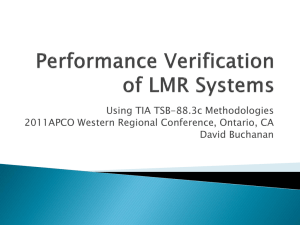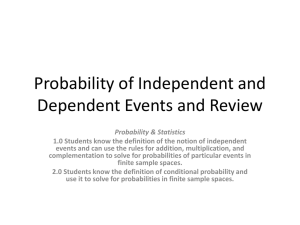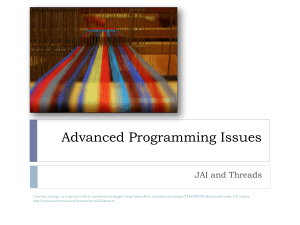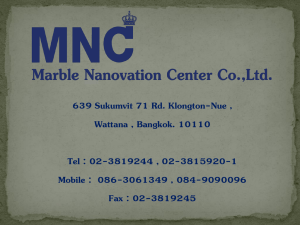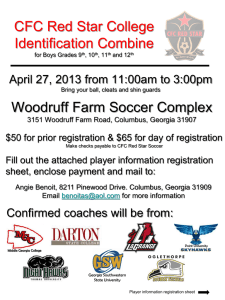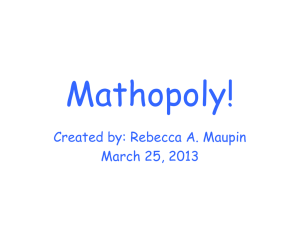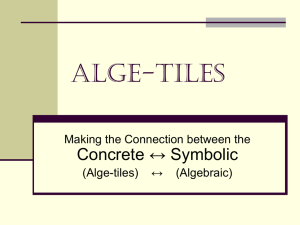American Mah Jongg
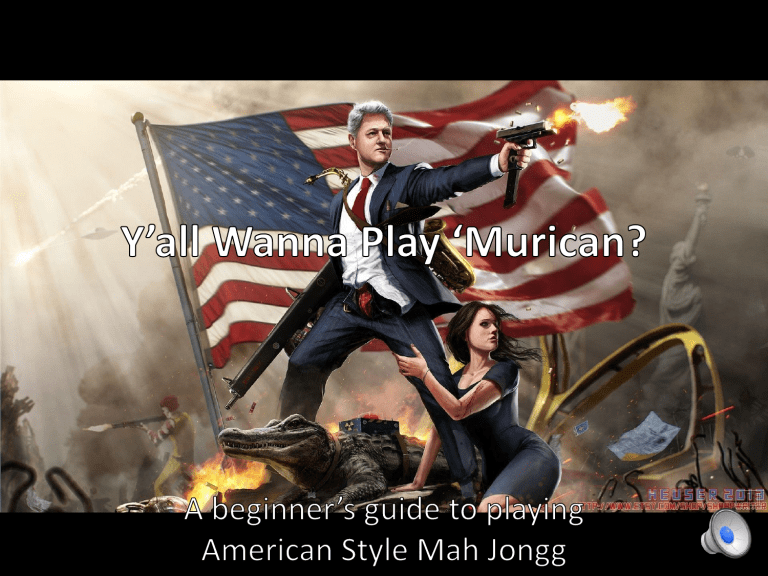
Bare Necessities
American Mah-Jongg is VERY DIFFERENT from Asian styles;
I cannot stress this enough!
• There are more tiles
• Jokers and Flowers are used to make hands
• The official hand list changes annually based on tile patterns
• Use Scoring Cards to build acceptable hands
• The Charleston – tile swapping
D OTS
B AMS
C RACKS
F LOWERS
H ONORS
& J OKERS
There are 4 of each tile, EXCEPT there are 8 Flowers and 8 Jokers.
* White Dragon is also known as the “soap” tile and can be used as a “0” in years, ie. 2014
C O L O U R B L I N D T I P S
You may not have noticed due to colorblindness,
The R ED and G REEN dragons are identical!
Simply discard all dragons in an angry rage to avoid any mishaps!
N.B. We apologize to anyone we may offend; the red and green dragon issue in this game is a huge oversight on the part of the developer’s of this game. Tiles can be engraved with an R and G in the upper-left hand corner so all players may identify the tiles accordingly.
1. Set up racks and shuffle all tiles facedown in the centre.
1. Build walls: 19 tiles; 2 high
2. Determine East –
Highest roller becomes East
3. Break Wall – East always takes from the wall in front of them
N.B. Take tiles
COUNTER-CLOCKWISE!
• East starts by rolling the dice and taking from the wall directly in front of them.
• Each player takes 4 tiles at a time (2 on top and 2 on the bottom) COUNTER-CLOCKWISE from east (count from left to right).
• Last tiles are taken like shown, East having 14 tiles, all others have 13.
• Hands are VERY different from other styles.
• Stop trying to build riichi hands! I know your
13 terminals is very sexy, but it won’t do you any good here.
• Match a hand with one on the scorecard.
• Abandon all hope.
• Your future self if you do not comply.
• 1-9 – Specific tile number (Does not include
Flowers)
• N,E,W,S – North, East, South, West
• D – Dragon
• R – Red Dragon
• G – Green Dragon
• 0 – White Dragon
• F – Flower
• There are different sections:
– Year: Patterns that make up a year, such as 2013.
– 2468: Patterns that require even number tiles.
– Change-up: This section varies.
– Quints: Hands that require at least one quint (5 identical tiles) one of which must be a Joker.
– Consecutive Run: Patterns of consecutive numbers.
– 13579: Patterns requiring odd numbered tiles.
– Winds/Dragons: Patterns requiring wind and dragon tiles.
– 369: Patterns using multiples of 3 (3, 6, 9)
– Singles and Pairs: Patterns with single and paired tiles.
No Jokers may be used in these hands.
• Suits are represented by different colours:
– One colour = one suite; two colours = two suits; etc.
• Value represents payout
• X means open hand;
C means concealed hand
• Dragons have suits:
– RED – Cracks or Characters
– GREEN – Bams or Sticks/Bamboo
– WHITE – Dots or Balls/Coins
– White dragon is also called “Soap” and represents “0” in year hands
*
This is important for hands that need matching dragons
• How that you have an idea of a few hands you might want to play, it’s time to Charleston!
• Your hand might change during this process; keep an open mind!
No Jokers may be passed during the
Charleston
• Passing 3 tiles at a time;
– 3 to the right; 3 across; 3 to the left
• If players agree, the Charleston can proceed again;
– 3 to the left; 3 across; 3 to the right
• A “blind pass” of up to 3 tiles is permitted. A blind pass is taking the tiles received and passing them without looking at them.
• After the Charleston, players may exchange up to 3 tiles in a courtesy pass with the player across from them.
YOU MEAN WE GET TO PLAY
NOW?!?
• A full game of Mah Jongg consists of 4 rounds,
East, South, West and North. The wind
indicator placed at true East (the first dealer) indicates which round is being player. When true East becomes dealer again, they switch the indicator to show the next round.
• Each round consists of each player being dealer once.
• This makes for a total of 16 hands.
• The game ends early if a player goes bankrupt and cannot pay the winner of a hand.
Vocabulary
Pair – Two identical tiles.
Pung – Three identical tiles.
Kong – Four identical tiles.
Quint – Five identical tiles.
Sextet – Six identical tiles.
N.B. Jokers can only be used on 3 or more of a kind; no “natural” tile (actual tile) is needed.
A player may challenge another player’s hand and call it “dead” for the reasons below:
• Invalid Hand – The current exposed tiles do not match with any of the possible hands.
• Invalid Exposure – The current exposed tiles points out that the hand must be concealed.
• Impossible to Win – The current exposed tile and dead tiles point out that it is impossible for the player to win.
For example: a player needs to make a pair of two dots to win, however there are already three of two dots discarded on previous moves.
• Breaking the Rules – such as, picking up tiles when it is not your turn, etc.
• A player states that another player’s hand is dead
• A player with the questionable hand may responds as follows:
– Admit that the hand is dead: this player stops playing and does not pick up or discard and pays the winner the full value of the hand.
– Deny that the hand is dead: The game continues. At the end of the game, the hand in question is inspected. If the challenger is correct (the hand is dead), then the challenged pays the hand value to the challenger. Otherwise (if the hand is ok), then the challenger pays the hand value to the challenged.
If no player catches the error, the play may continue. However, the player with the incorrect exposure cannot declare Mahjong.
FAQ
• What’s the Flower for?
– Flowers are standard tiles, represented by
F on the scorecard. They do not have suits; jokers can substitute flowers following standard joker rules
Points/Scoring
• Each player starts off with:
– 1 yellow coin
– 2 blue coins
– 8 red coins
– 10 green coins
• Hand values are shown on the scorecard
G REEN = 5 R ED = 25
B LUE = 100 Y ELLOW = 200
T YPE OF M AHJONG
Win off a discard
Self Draw!
P AYOUT
Discarder pays double value; all other players pay single value.
Every player pays double.
Discard with no jokers; not from singles or pairs categories
Self draw with no jokers; not from singles or pairs categories
Discarder pays four times value; all other players pay double value.
Every player pays four times value.
*No payouts are made if the game ends in a draw
Error Penalty
A tile has been accidentally touched or called.
A tile is called but no exposure has been made.
Tile cannot be taken back.
The call may be retracted.
An incorrect exposure has been made.
The exposure may be corrected prior to discarding.
A player has too few or too many tiles.
The hand is dead. Must pay winner when round is complete.
Reshuffle; round replayed.
Three players have too few or too many tiles.
A player’s hand is discovered to be impossible to complete.
Mahjong falsely declared, but hand not exposed.
Mahjong falsely declared and hand is exposed.
Hand is dead.
(See Dead Hand Challenge)
No penalty; game continues.
The hand is dead. Must pay winner when round is complete.
